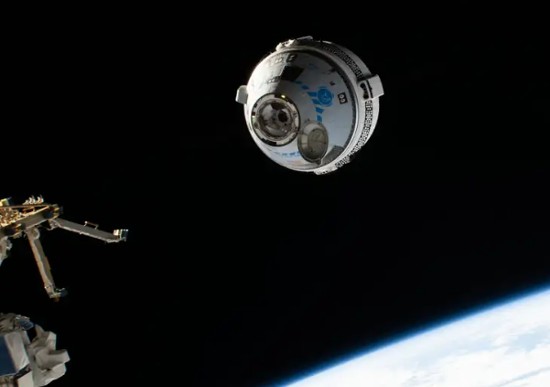
The star-crossed exploits of Boeing continue with the Starliner, the company’s commercial space taxi unable to leave unless an emergency evacuation is declared on the International Space Station (ISS). Even before the Demo-2 mission to prove Starliner was crew-ready, concerns about it being fit to fly were circulating.
When Starliner flew its Demo-1 mission in May of 2023, several issues were observed including a leaky hatch. Problems with a hatch are not trivial in space. A failed hatch on Soyuz 11 back in 1971 caused rapid depressurization of the capsule during its reentry and killed the three cosmonauts on board. Boeing needed to redesign Starliner’s hatch and add redundancy with a backup. The new equipment and testing led to a long delay between the Demo-1 and the June 2024 Demo-2 mission.
Then came Demo-2’s navigation and propulsion issues. Rendezvous and docking are critical stages in spaceflight. Any malfunctions to the maneuvering system of the spacecraft put crews in peril. A misfiring thruster during the Gemini 8 mission in 1966 led to a near-disaster with the crew including future Moonwalker, Neil Armstrong, gaining control of the tumbling capsule by first identifying the equipment problem and then overriding the automatic systems and manually flying the spacecraft.
Fortunately, the two crew members on board Starliner and the grounds crew were already aware of systems problems before the launch which included a persistent helium leak. Helium is used as a pressurant in Starliner’s propulsion system. The helium exerts pressure on the thruster’s liquid fuel and oxidizers to enable it to fire during flight and docking. With helium leaks reported during flight, there were resulting thruster malfunctions. Five of eight on the service module malfunctioned delaying docking as the crew and ground staff looked for workarounds.
Then there was a corroded valve issue inside the service module which was also compromising the ability to fly the spacecraft. What was the cause? The current theory is that exposure to moisture that seeped into the spacecraft while being prepared for flight interacted with the nitrogen tetroxide fuel used by the thrusters for navigation. The exposure turned some of the fuel into nitric oxide causing corrosion. A temporary resolution adjusted Starliner’s systems and software to help mitigate the risk. Docking with the ISS was delayed but eventually succeeded. After docking, the Starliner crew tested the new hatch repeatedly before joining the astronauts and cosmonauts on board the ISS.
Is Starliner ready to fly astronauts to and from the ISS on future missions? The jury is out. NASA has declared it can only be used in an emergency requiring a crew evacuation.
The plan for now is a prolonged stay with Starliner mated to the ISS while NASA conducts hot-fire thruster and other tests. So far, of the five malfunctioning thrusters, the Agency has identified one that cannot be used if and when the spacecraft undocks and returns to Earth. The remaining four are operating normally after software fixes have been applied.
The problems that Starliner is having appear to be mostly within the service module. When Starliner eventually undocks and returns to Earth it needs a window of seven hours to complete the end-of-mission deorbit and re-entry. There appears to be enough remaining helium onboard the service module for these maneuvers. But NASA has stated it has no intention of using Starliner again until the helium leaks and other problems are addressed and resolved which probably means return-to-flight will be delayed into 2025.
During a post-docking news conference, Steve Stich, NASA’s Commercial Crew Program manager said the Starliner could remain with ISS for 45 days before there would be a potential scheduling conflict. Meanwhile, because the service module hardware gets jettisoned during Starliner’s return to Earth and burns up in the atmosphere, the only way to investigate its systems is to keep the spacecraft attached to the space station.
Once Starliner returns to Earth, NASA will do an agency-level review of the capsule, the service module, and the system software just as they did with the Demo-2 mission for the SpaceX Dragon.
Meanwhile, when it comes to the ISS the last laugh will go to SpaceX. The company just was awarded the contract to de-orbit the station sometime in 2030 or later and have the vehicle and solution ready to go by no later than 2029. NASA budgeted $1 billion for this project and awarded Elon Musk’s company $843 million plus launch costs.
It is not known if SpaceX will use a modified Starship or a new design to safely bring an end to the ISS. NASA has no intention of seeing the ISS’s demise without commercial station replacements in orbit by then. The ISS ways more than 400,000 kilograms (over 440 tons). The plan is to find a resting place for the ISS far from land somewhere in the Pacific Ocean.







